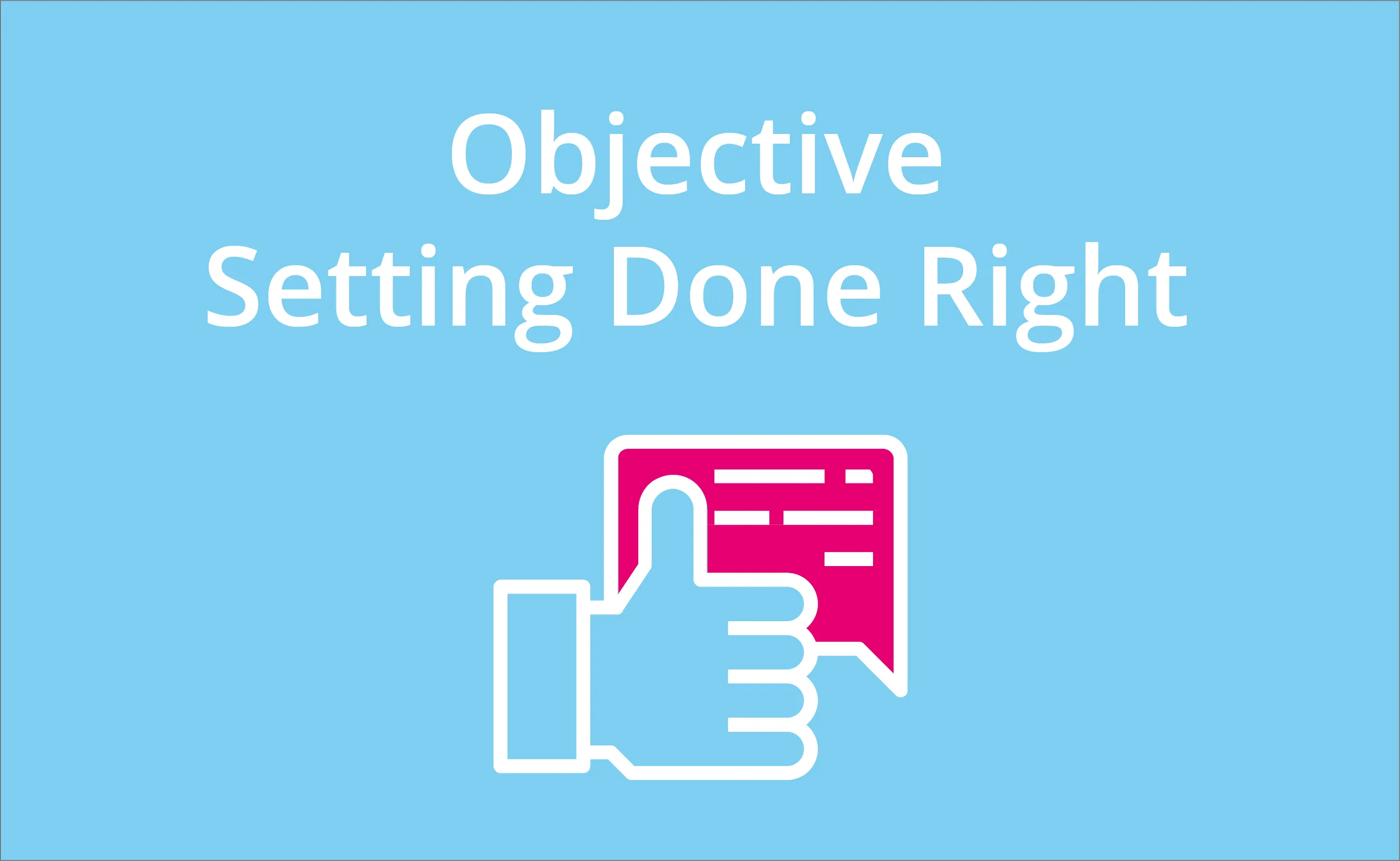
Your indirect sales partners (channel partners, intermediaries, resellers, and brokers) have several tasks to accomplish.
They don’t exactly work under your company, nor do they work in the same office. This makes it tough to create and follow up on sales plans and sales strategies because sometimes your emails and notifications get to the bottom of their inbox. Chances are, If you don’t get an immediate reply, it doesn’t mean that they’re ignoring you—but it could mean that you need to follow up.
But how do you follow up with your intermediaries, resellers, brokers, and account managers? How do you build an effective follow-up process? These are probably some of the most common questions we’ve received.…but don’t worry!
Following up is not rocket science. In this article, we’ll discuss what need to know to effectively follow up with your indirect sales partners, intermediaries, resellers, brokers, and account managers:
1. Understand that data availability is not the same as data accessibility
First, make sure that the data you have is accessible to your account managers, sales partners, and intermediaries.
That seems obvious enough, but in a lot of companies we’ve worked with, CRM systems, sales plans, and Excel sheets are all over the place. So, when the data gets lost in different tools and sheets (and this happens more often than you think!), sales partners, intermediaries, and account managers spend a lot of time finding files or recovering the data they lost.
In other cases, some employees update the data and upload it online, but with so many indirect sales partners, sales management is a challenge. In addition, they lose track of the files they sent and forget whether or not they sent them. Meaning that relevant information might not be accessible to all of your indirect partners. Having business software, channel software, a tool or location where you can place all your data, and that’s available to all your indirect sales partners and intermediaries—is important. This way, up-to-date information, and follow-ups are readily available to them. There’s also less time wasted finding information, and more time spent with the tasks that matter.
Now, the moment that you find the right business software or channel software, doesn’t mean that you’re all set.
You’ll need to transform data into knowledge.
2. Transform your data into knowledge
Data doesn't mean information. Information doesn't mean knowledge.
Let’s say, you have a spreadsheet of all the activities of your customers through a CRM tool. From the data you’ve downloaded, you know customer X opened his emails 5 times, customer Y clicked on your ads and customer Z messaged you about the product.
This is great information, but it doesn’t mean a thing if you can’t use it to improve your sales plan and sales strategy. What segment does customer X, Y, and Z belong to? How should your intermediaries, brokers, or resellers interact with them? Which customers are your hottest leads?
You’ll need to hire researchers, relationship managers, analysts, and marketers who can transform the data into something that your indirect sales partners will understand. If you follow up and send all the raw data, your account management team won’t understand how to use it to increase sales. After all, they’re salespeople—not research analysts in your company.
So make sure you hire people or relationship managers who can communicate the data and provide research-backed insights on how you can improve your sales strategy.
3. Create status reports
There are two types of status: strategic status and operational status.
a) Determining your operational status involves answering the following questions:
- What is the turnover at the moment?
- Are there any open questions?
- Do we have important customer issues?
b) Strategic status involves asking about the open issues:
- Are we doing the right thing?
- Are our partners doing the right thing?
- Are there any hurdles we need to take into account in order to achieve our long-term objective, with intermediaries for example?
Once you find the answer to these questions, structure it into your report and cite research-backed data. That’s why we’ve previously discussed transforming your data into knowledge (step two).
You’ll need status reports to follow up on your account managers, intermediaries, resellers, or brokers' progress and performance on their tasks and projects. Once this information is sent to your partners or account management—they’ll know their status, which will help them come up with insightful solutions to increase sales and improve your business.
4. Make it easy
We are particularly fond of the traffic light model.
Traffic lights make life easy.
They guide us on the road, but in the case of indirect sales, traffic lights make sure you don’t get lost in all kinds of details in your status reports.
To state the obvious, in the model, red means ‘let’s STOP it,’ yellow means ‘Slow down or PROCEED WITH CAUTION, and make a few improvements,’ and green means ‘Go’ or ‘Let’s carry on with this activity.’
That seems obvious enough, but make sure you apply this technique on all levels.
First of all, on the general level, ask: What is my segment or region doing? Is it red, yellow, or green?
Next, go one level deeper and get an overview of all your accounts and partners, then assess them based on the same traffic light model. Structure your objectives and look at your status.
For every objective, ask the status of each. Where are we in terms of this—red, yellow, or green?
By using the traffic light technique, you’ll provide partners, intermediaries, and account management with clear follow-ups in regard to their goals, performance, sales plan, and sales strategy.
Over to You
Let’s recap.
When you think about following up try to do the following.
- Make sure that your data is accessible.
- Hire people or relationship managers to transform data into knowledge.
- Have a structure between strategic and operational status.
- Make it easy to report.
I understand this is easier said than done. Following up is never easy, but as long as you know these four steps you’ll be able to follow up and better collaborate with intermediaries, indirect sales partners, and account management.
Learn more from our BRM Academy video



